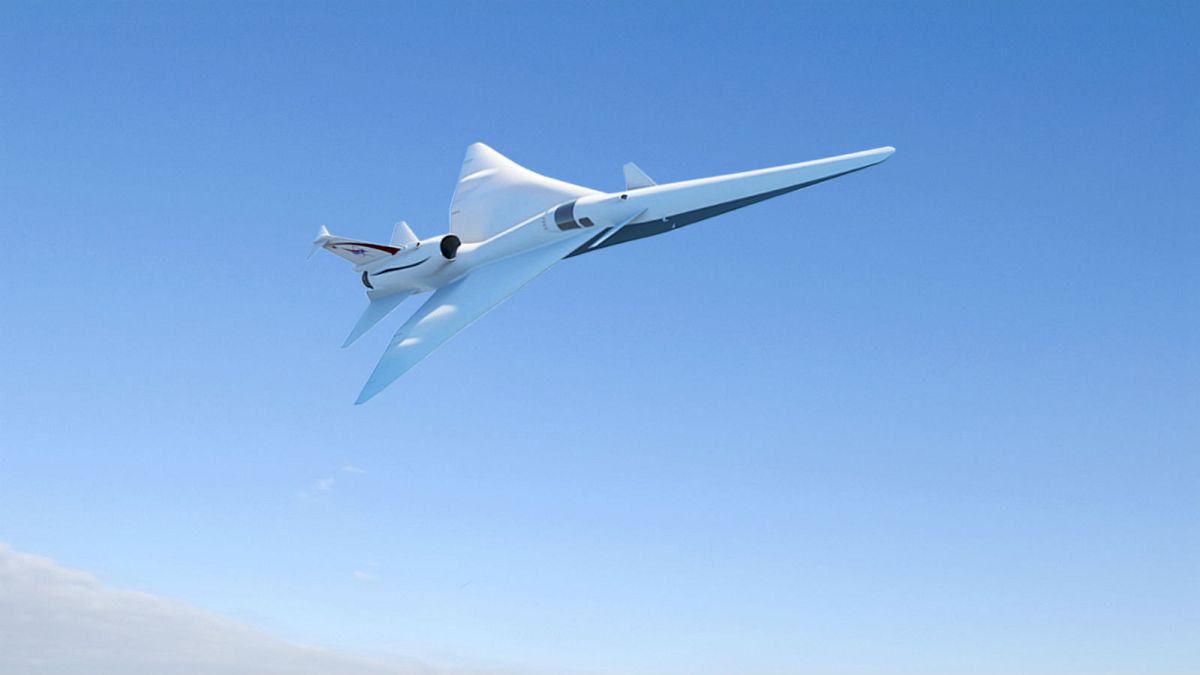The space organisation has announced it will build a piloted X-Plane that will produce a noise as loud as a car door closing and could bring back supersonic flight for the public.
NASA announced it had taken the first steps in building a supersonic X-Plane with the latest in quiet technologies on Tuesday.
This could mark the beginning of the return to public use for supersonic aircraft — planes that can fly faster than the speed of sound — which have mainly been used for research and military purposes in recent years.
The project, which will run until the end of 2021, will see NASA design and build the experimental aircraft. The plane aims to cruise at around 16500 metres and travel at speeds of about 1500 km/h.
Its stand-out feature is the quiet supersonic technology that aerospace company Lockheed Martin has been contracted to develop, meaning the plane would emit minimal noise, rather than the sonic boom typical of other supersonic planes.
Current regulations ban commercial supersonic aircraft from operating over land but the space company's new technology could support a review of this law, potentially opening up new commercial cargo and passenger markets using faster-than-sound air travel.
It is expected the plane will create a sound about as loud as a car door closing, rendering it almost inaudible to those on the ground. This important step will also be tested over selected US cities.
The data collected from surveys with residents will be sent to US and international regulators for use in "considering new sound-based rules regarding supersonic flight over land".
Previously, only two similar aircraft, Concorde and the Tupolev Tu-144, ever entered service for civil use, with the last such flight taking place on a Concorde in October 2003.












